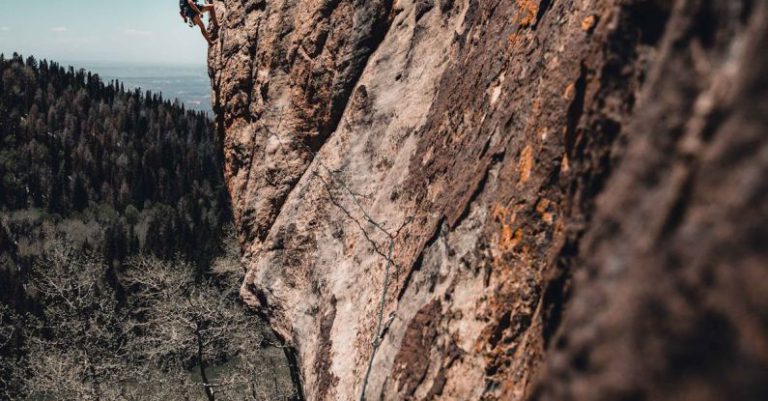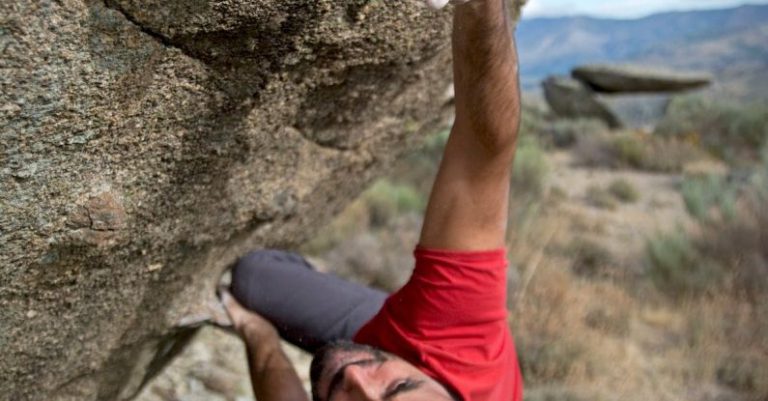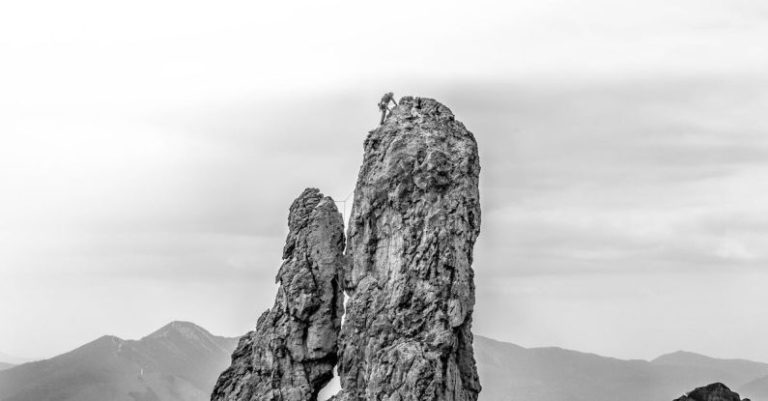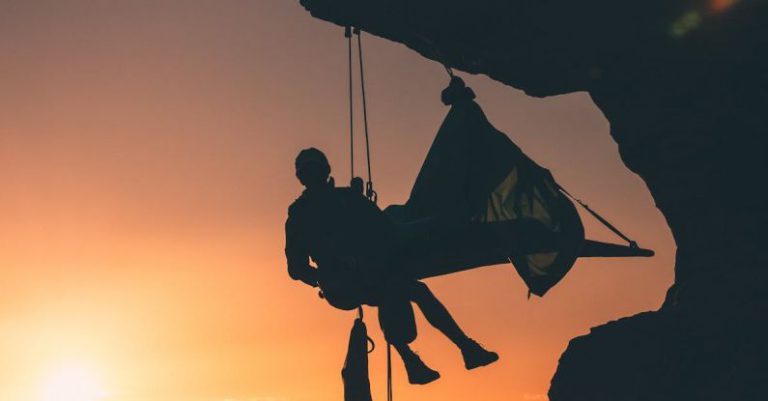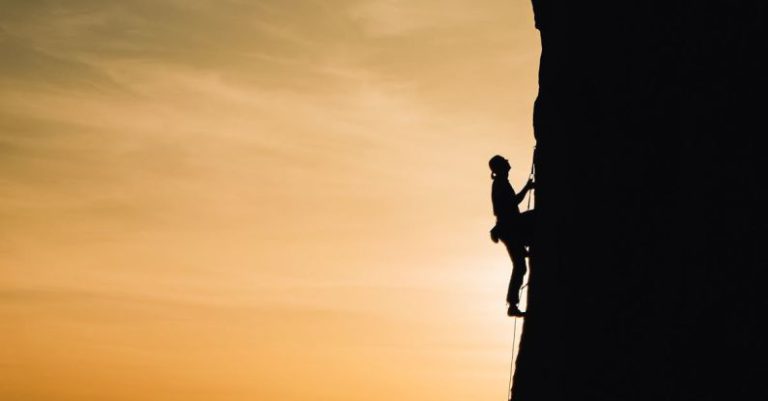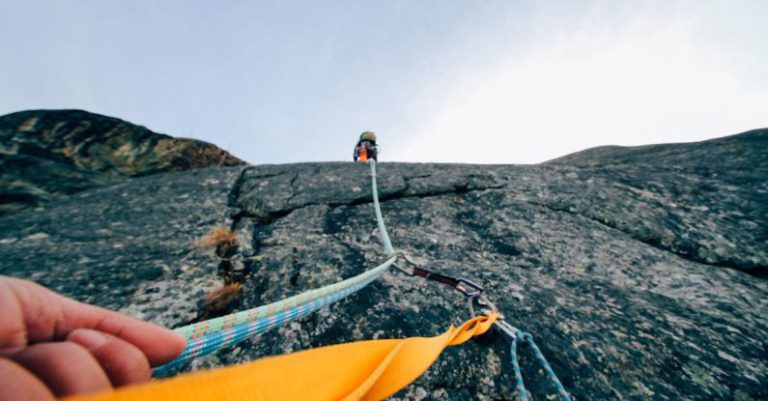
Embarking on a climbing trip can be an exhilarating experience for outdoor enthusiasts seeking adventure and a physical challenge. Whether you’re a seasoned climber or a novice looking to explore the vertical world, proper planning is essential to ensure a safe and enjoyable journey. From choosing the right destination to packing the necessary gear, here is a comprehensive guide on how to plan a climbing trip.
Selecting the Perfect Destination
The first step in planning a climbing trip is choosing a suitable destination that aligns with your skill level and climbing preferences. Consider factors such as the type of climbing you enjoy—whether it’s sport climbing, trad climbing, bouldering, or multi-pitch climbing—and the level of difficulty you are comfortable with. Research potential locations that offer a variety of routes catering to your abilities and interests.
Additionally, take into account practical considerations such as the season and weather conditions at your chosen destination. Some climbing areas may be inaccessible or unsafe during certain times of the year due to extreme temperatures, precipitation, or other environmental factors. Plan your trip accordingly to maximize your climbing opportunities and minimize potential risks.
Arranging Accommodations and Transportation
Once you have selected a destination, the next step is to arrange accommodations and transportation for your climbing trip. Depending on the location and the duration of your stay, options may range from camping at a nearby campground to booking a room at a hotel or hostel. Consider factors such as proximity to climbing areas, amenities, and budget when choosing your lodging.
In terms of transportation, determine the most convenient and cost-effective way to reach your destination. If driving, ensure that your vehicle is equipped to transport your climbing gear safely. If flying, research local transportation options such as rental cars or public transit to get you to and from the climbing areas. Make sure to factor in travel time and logistics to optimize your climbing schedule.
Preparing and Packing Gear
Packing the right gear is crucial for a successful climbing trip, as having the necessary equipment can make a significant difference in your climbing experience. Create a checklist of essential gear such as climbing shoes, harness, helmet, ropes, carabiners, belay device, chalk bag, and protection gear based on the type of climbing you plan to do. Check that your gear is in good condition and properly maintained before you depart.
In addition to climbing gear, don’t forget to pack appropriate clothing for varying weather conditions, including layers for warmth, rain gear, and sun protection. Bring a first aid kit, snacks, water, and any personal items you may need during your climbing excursions. Consider the weight and size of your gear when packing to ensure that you can comfortably transport it to the climbing areas.
Staying Safe and Informed
Safety should always be a top priority when planning a climbing trip, regardless of your experience level. Familiarize yourself with the climbing regulations and guidelines of the area you will be visiting, including any permits or restrictions that may apply. Research local rescue services, emergency contacts, and medical facilities in case of an accident or emergency.
Before embarking on your climbing adventures, assess your own skills and limitations honestly to avoid putting yourself in dangerous situations. Communicate with your climbing partners about your objectives, expectations, and emergency procedures to ensure that everyone is on the same page. Stay informed about weather forecasts, route conditions, and any potential hazards that may impact your climbing plans.
Enjoying the Climbing Experience
As you embark on your climbing trip, remember to savor the experience and appreciate the natural beauty and challenges of the vertical world. Take the time to immerse yourself in the surroundings, connect with fellow climbers, and push yourself to new heights both physically and mentally. Stay open to learning and growing as a climber, embracing the journey and the lessons it offers along the way.
In conclusion, planning a climbing trip requires careful consideration and preparation to ensure a safe and fulfilling experience. By selecting the right destination, arranging accommodations and transportation, packing essential gear, staying informed and safe, and ultimately enjoying the climbing experience, you can make the most of your adventure in the vertical realm. Follow these guidelines to plan your next climbing trip with confidence and enthusiasm, ready to conquer new heights and create lasting memories in the great outdoors.
